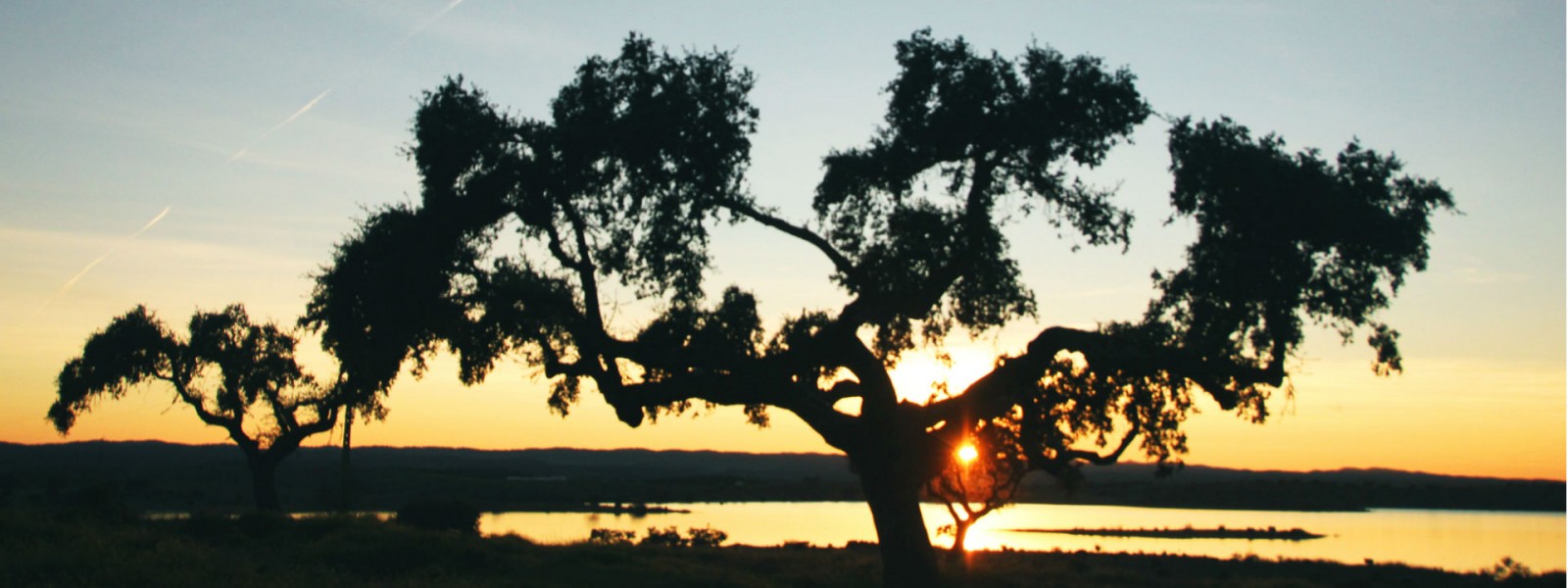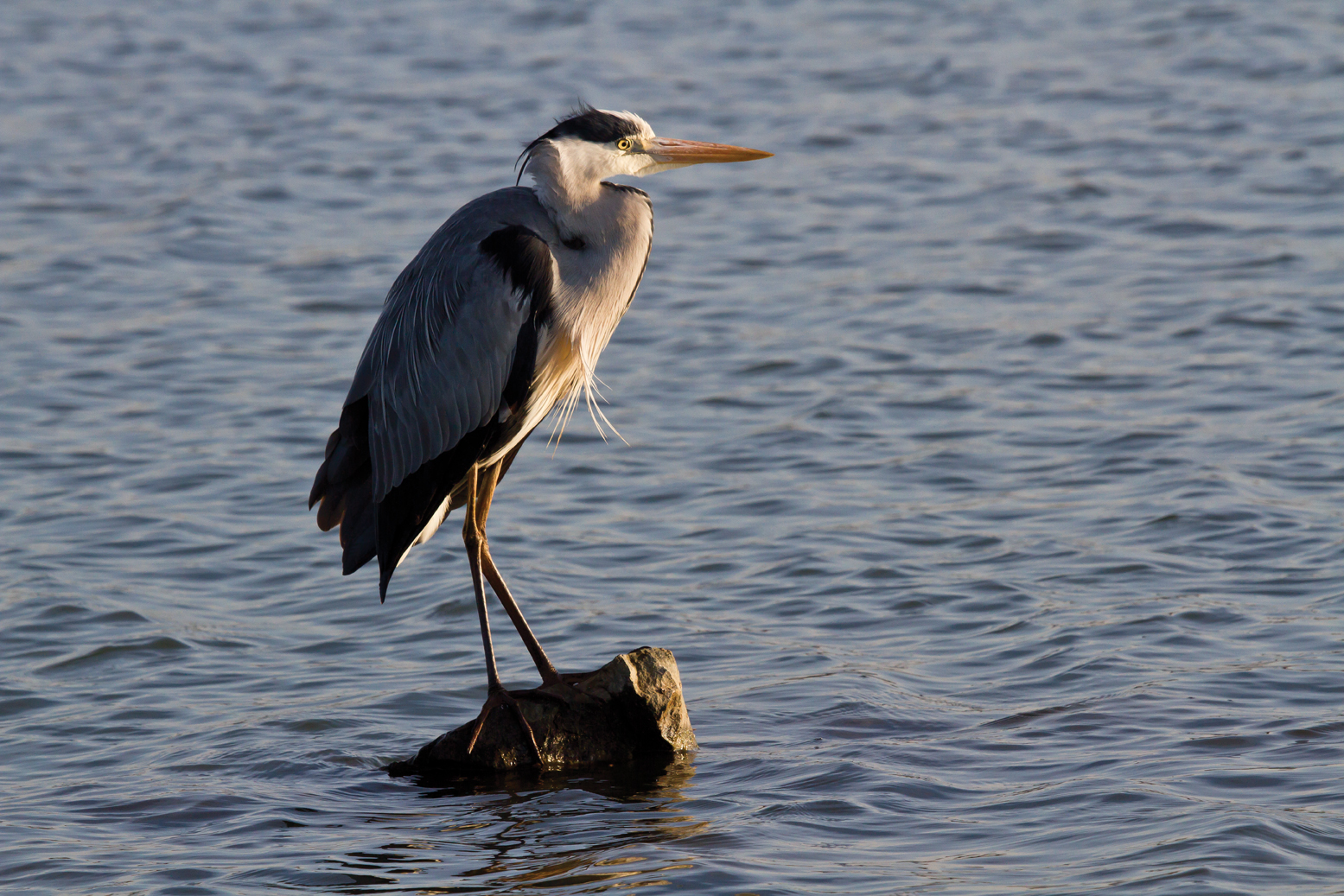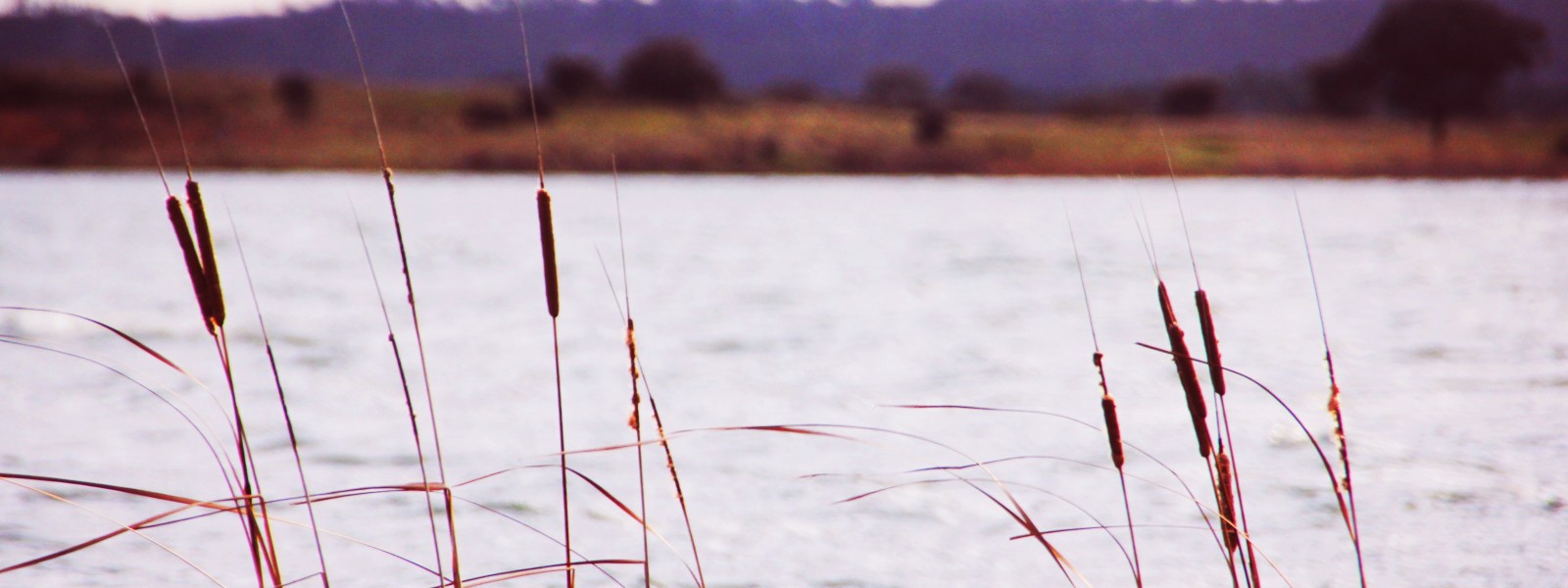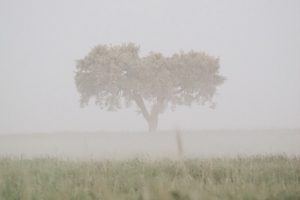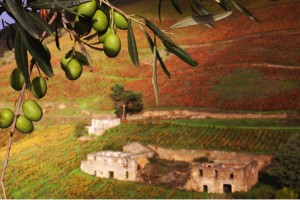These are just two examples of how water plays a key role in the link between production and nature conservation. Without water it wouldn’t be possible to have the present extension of farmland, nor to achieve the levels of environmental balance we are aiming for. These are made possible by conserving water in its natural forms, i.e., in the reservoir, wetlands and streams of the Caridade riverine basin and the river Degebe, a tributary of the Guadiana that borders the estate to the west and south. By protecting our water resources we guarantee the viability of production within the limits of sustainability and, at the same time, create habitats and conditions that ensure wildlife to thrive and develop.
In addition to the various species of birds you can see at the reservoir and south of the dam wall, particularly at sunrise and sunset, there are other surprises at closer quarters. By the reservoir you can often see animal tracks and the leftovers of red swamp crawfish, which is the work of a family of otters which has been flourishing on the estate. These are very clever and elusive animals, who keep a very low profile; however, those with a keen eye can try their luck during twilight, sometimes the younglings make an appearance, their love of playtime makes their presence slightly more noticeable.
